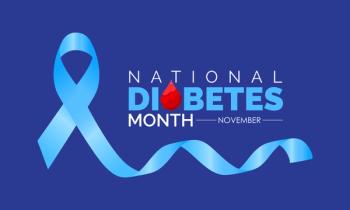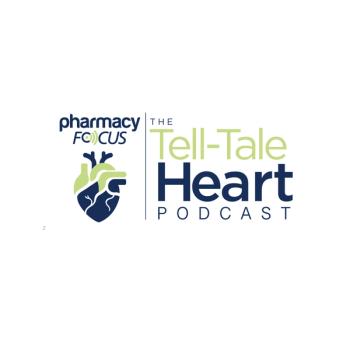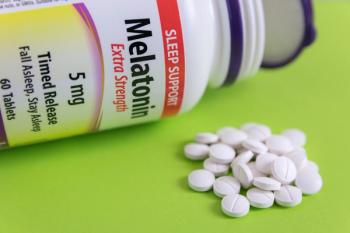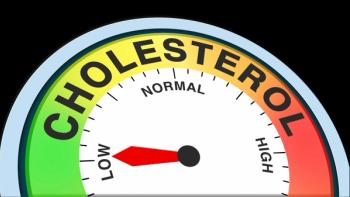
Four Common Cholesterol Misconceptions
When people hear the word cholesterol, they typically think of a fatty, plaque-building substance that comes from the foods we eat.
When people hear the word cholesterol, they typically think of a fatty, plaque-building substance that comes from the foods we eat. But the truth is that cholesterol is a naturally occurring substance in the body that is essential to health. Of course, like many things in excess, too much cholesterol in our blood can be bad and increase the risk of heart disease and stroke.
Here are 4 common misconceptions related to both cholesterol in general and common treatments for high cholesterol levels.
Misconception #1: All types of cholesterol are the same.
Cholesterol can be divided into 2 broad categories: dietary cholesterol, which is found in the food we eat; and serum cholesterol, which is a naturally occurring substance made in the body. Within our bodies, there are 2 main types of cholesterol, low-density lipoprotein (LDL) and high-density lipoprotein (HDL). LDL, often referred to as the “bad cholesterol,” makes up most of the body’s cholesterol, and when levels are high, it can lead to plaque buildups in the arteries, resulting in heart disease and stroke.
On the other hand, HDL, or the “good cholesterol,” absorbs cholesterol in the body and carries it back to the liver, where it is removed from the body. Higher levels of HDL have been shown to reduce the risk for heart disease and stroke.1 Ideal cholesterol levels for most adults are less than 200 mg/dL total cholesterol, less than 100 mg/dL LDL, and above 60 mg/dL HDL.
Misconception #2: Eating foods high in cholesterol will significantly increase cholesterol levels in the body.
For many years, nutritionists warned that eating a diet high in cholesterol would increase cholesterol levels in the body and elevate the risk of heart disease. Although this is still a slight area of controversy among health experts, evidence suggests that this may not be the case. Instead, research shows that our genetic makeup, rather than diet, tends to be the driving force of cholesterol levels in the body. About 85% of the cholesterol in the body is produced in the liver, rather than from the cholesterol we consume.2 Additionally, it is believed that when dietary cholesterol is increased, the body compensates, and the liver starts to produce less cholesterol.
In the 2015-2020 US Dietary Guidelines, the previous recommendation of limiting dietary cholesterol to 300 mg per day was removed. For most people, a healthy diet can certainly consist of foods containing cholesterol, such as meats and eggs, along with fruits, vegetables, whole grains, and caloric moderation. Of course, eating massive amounts of food that contain high amounts of cholesterol may not be recommended, either, as foods high in cholesterol tend to be more calorie dense.3
Regarding saturated fat, several studies published in the past few years concluded that there was no association between saturated fat intake and heart disease. Despite this, the US Dietary Guidelines recommend that people consume less than 10% of calories per day from saturated fats.4
One area that most experts will agree on is that foods high in trans fats should be limited because of their LDL-raising effects. A number of studies have observed an association between increased trans fat intake and an increased risk of cardiovascular disease.
Misconception #3: People who are thin don’t have to worry about having high cholesterol levels.
It is true that people who are overweight or obese are more likely to have high cholesterol and that a combination of exercise and diet can lower elevated cholesterol levels. However, it is also true that people who are thin can have elevated levels. Remember, because our cholesterol levels are mostly the result of our genetic makeup, a person’s weight may not be an immediate cause. People who have very sedentary lifestyles may also be at a higher risk. Finally, there are certain genetic disorders (eg, familial hypercholesterolemia) that can predispose people to have higher cholesterol levels, regardless of their weight.
It is also important to keep in mind that as people get older, cholesterol levels tend to rise. This is why the American Heart Association recommends that starting at age 20, everyone should get tested for cholesterol and other risk factors about every 4 to 6 years.4
Misconception #4: Everyone who takes a statin for high cholesterol treatment experiences muscle pain.
I often hear people talking about not wanting to take a statin to treat their high cholesterol levels out of fear of experiencing muscle pain or cramping as possible adverse effects. Additionally, these are often reasons for patients who have already been prescribed a statin to stop taking it.
It is true that some people who take a statin may experience muscle pain but certainly not everyone. Real-world studies suggest that up to 10% to 15% of people taking statins experience some degree of muscle pain or cramping, but fortunately there are ways to mitigate these effects.5 Doctors may recommend a brief drug holiday to see whether symptoms resolve when patients are not taking the medication or may change the dose or interval of the medication. Finally, there is some evidence that people who exercise regularly before taking statins are less likely to suffer from muscle pain and cramping.
Timothy O’Shea, PharmD, is a clinical pharmacist at Horizon Blue Cross Blue Shield of New Jersey.
References
- HDL (good), LDL (bad) cholesterol and triglycerides. American Heart Association website. heart.org/HEARTORG/Conditions/Cholesterol/HDLLDLTriglycerides/HDL-Good-LDL-Bad-Cholesterol-and-Triglycerides_UCM_305561_Article.jsp. Updated April 2017. Accessed November 8, 2017.
- Common misconceptions about cholesterol. American Heart Association website. heart.org/HEARTORG/Conditions/Cholesterol/AboutCholesterol/Common-Misconceptions-about-Cholesterol_UCM_305638_Article.jsp. Updated April 2017. Accessed November 2, 2017.
- Why you should no longer worry about cholesterol in food. Cleveland Clinic website. health.clevelandclinic.org/2015/02/why-you-should-no-longer-worry-about-cholesterol-in-food/. Published February 19, 2015. Accessed November 2, 2017.
- US Department of Health and Human Services and US Department of Agriculture. Dietary guidelines for Americans 2015-2020. Eighth edition. health.gov/dietaryguidelines/2015/guidelines/. Published December 2015. Accessed November 2, 2017.
- Bitzur R, Cohen H, Kamari Y, Harats D. Intolerance to statins: mechanisms and management. Diabetes Care. 2013;36(suppl 2):S325-S330. doi: 10.2337/dcS13-2038.
Newsletter
Stay informed on drug updates, treatment guidelines, and pharmacy practice trends—subscribe to Pharmacy Times for weekly clinical insights.


















































































































































































































